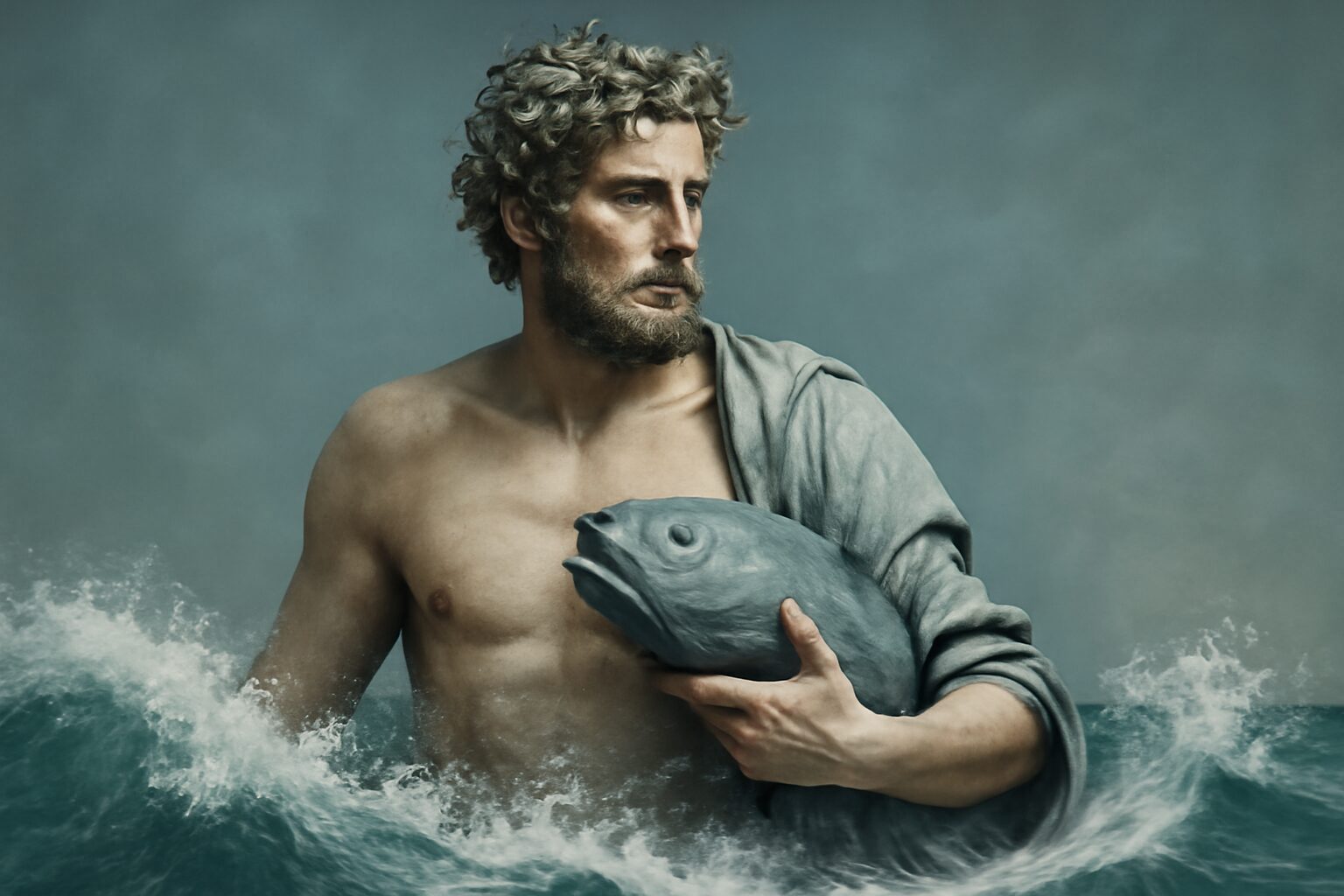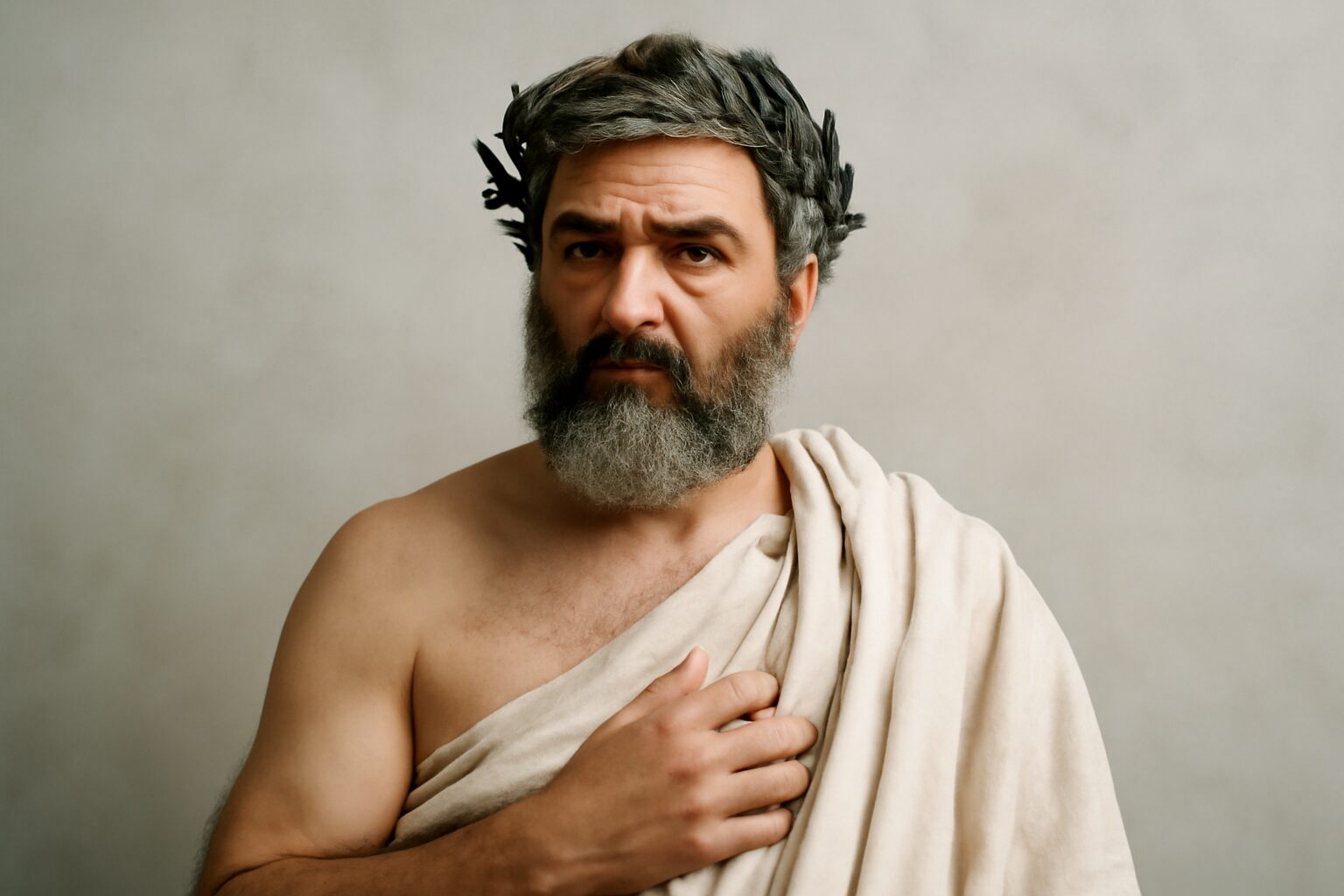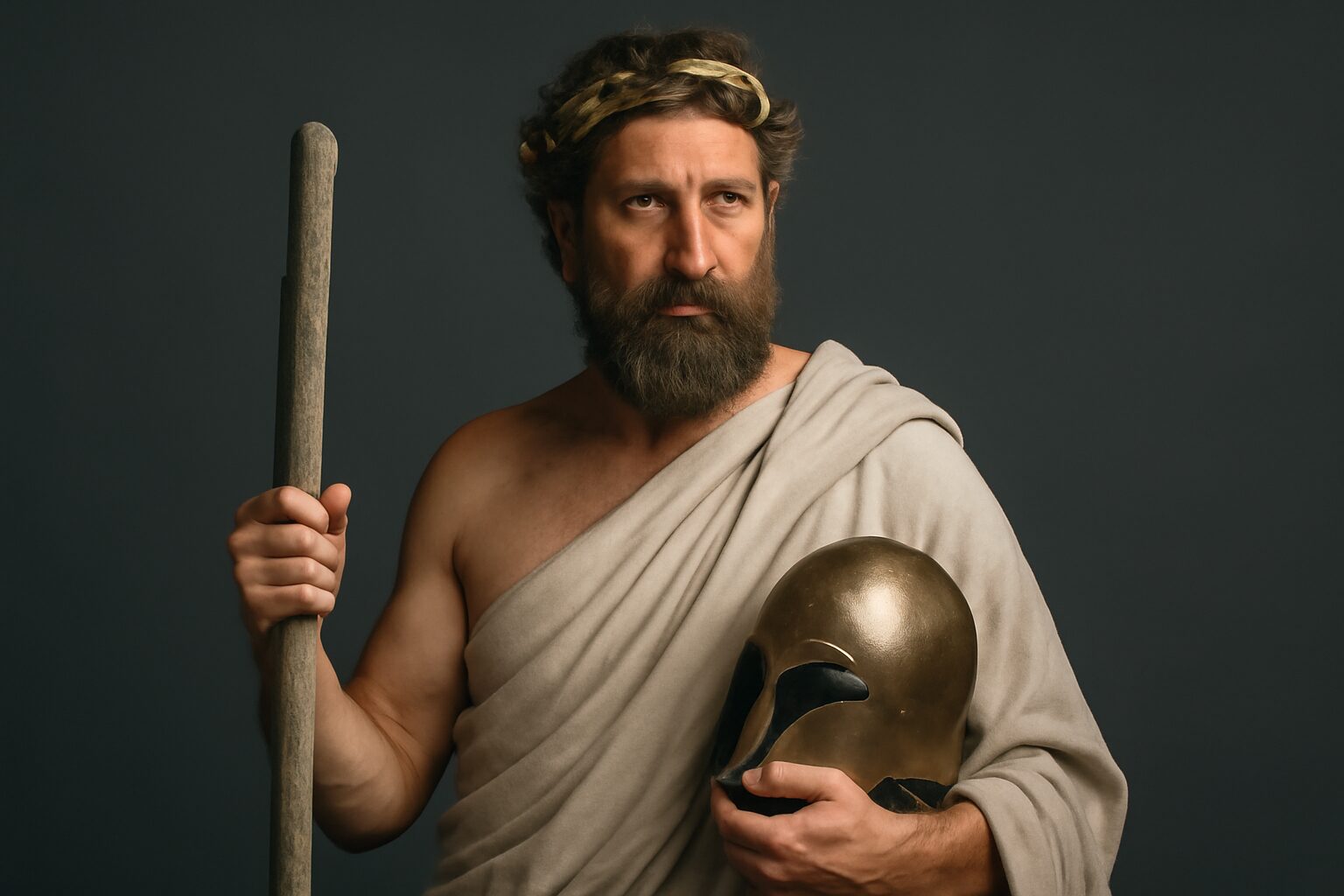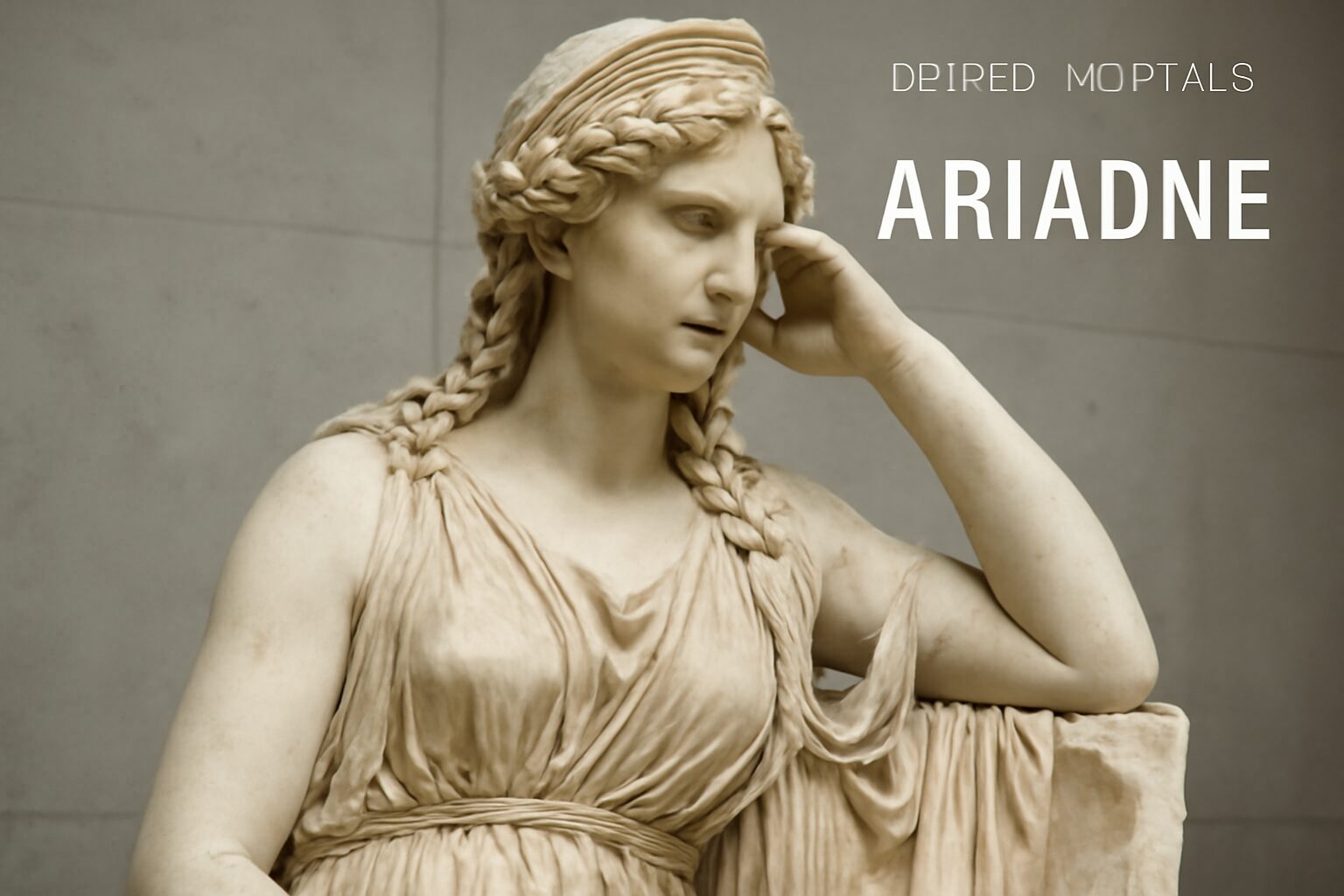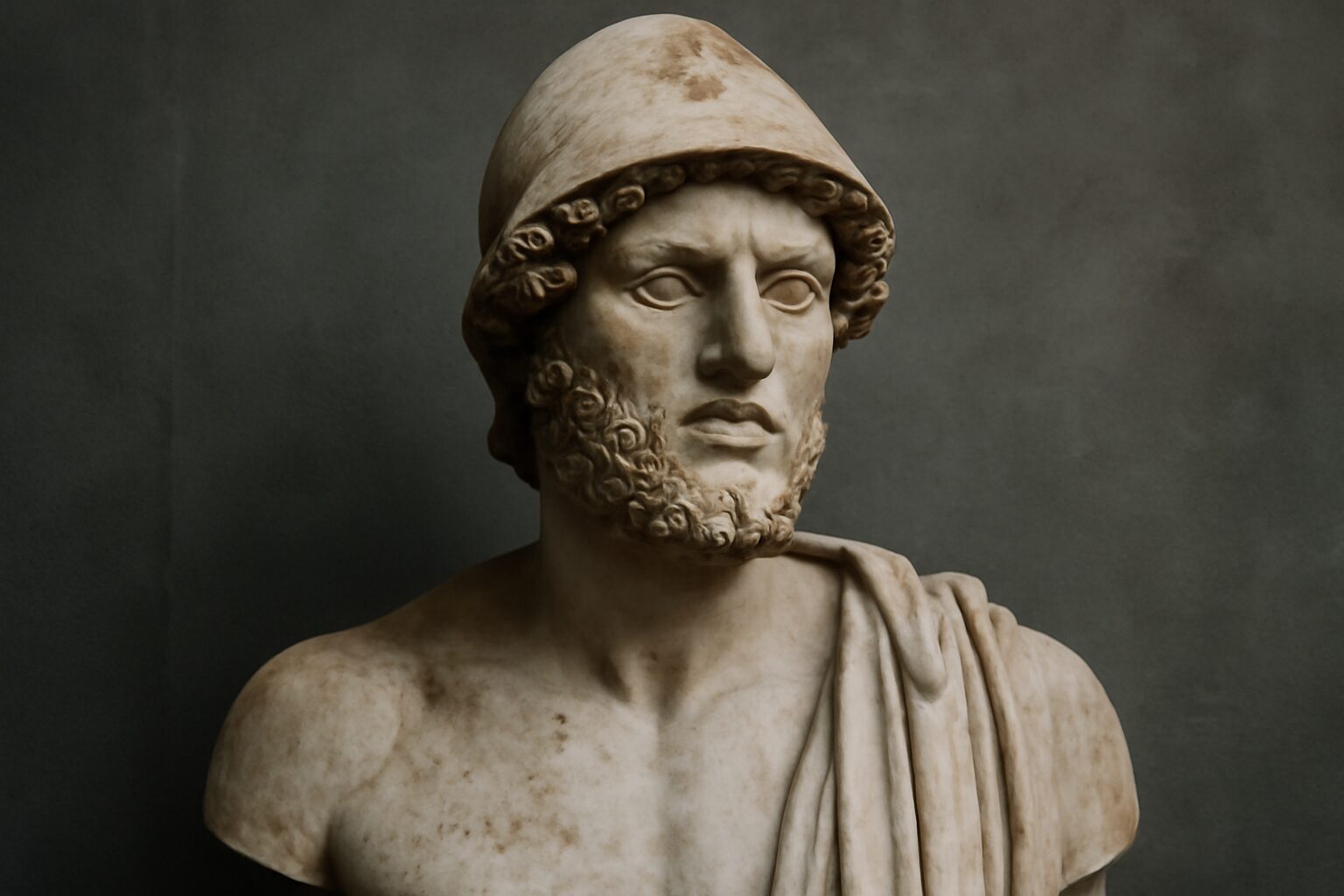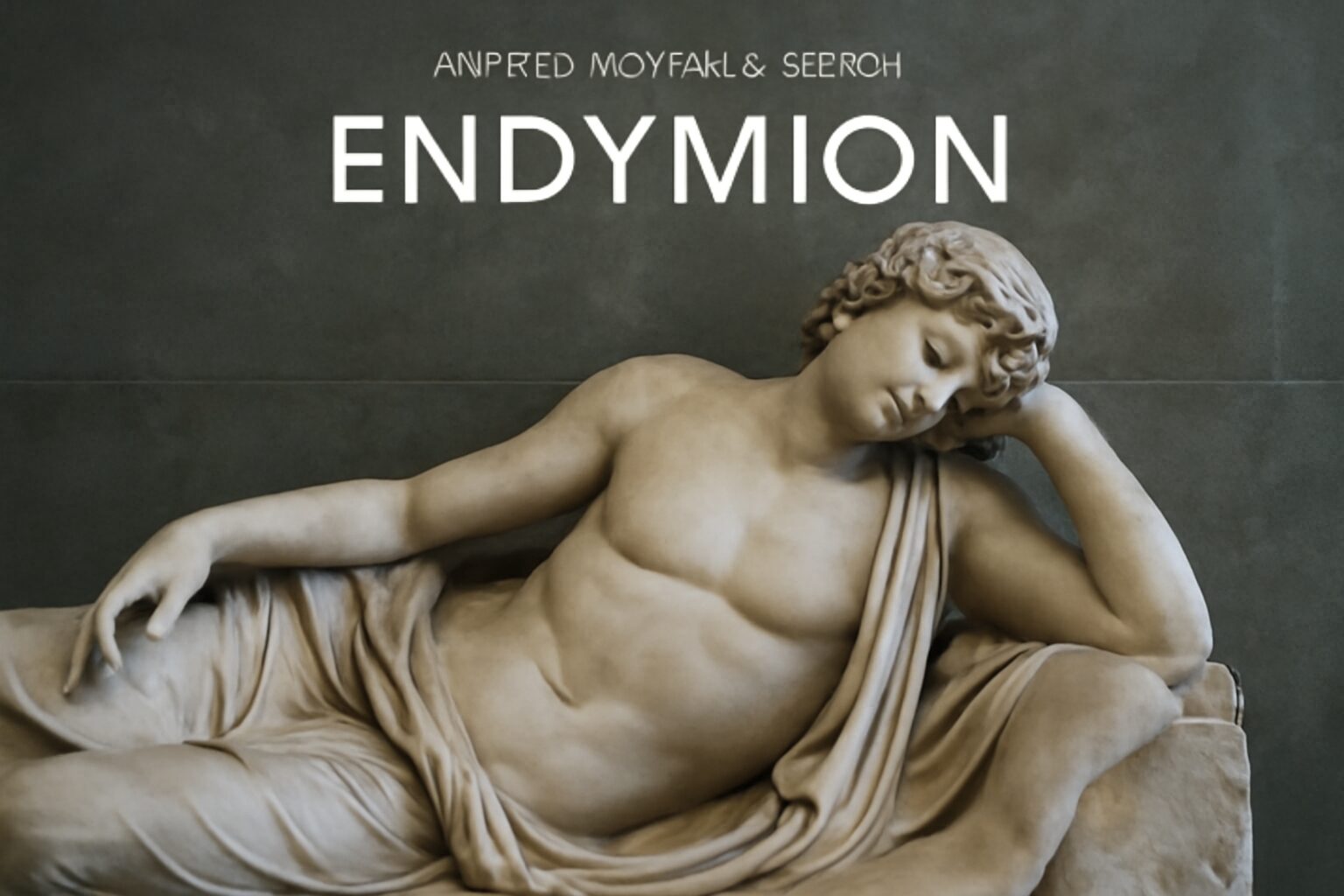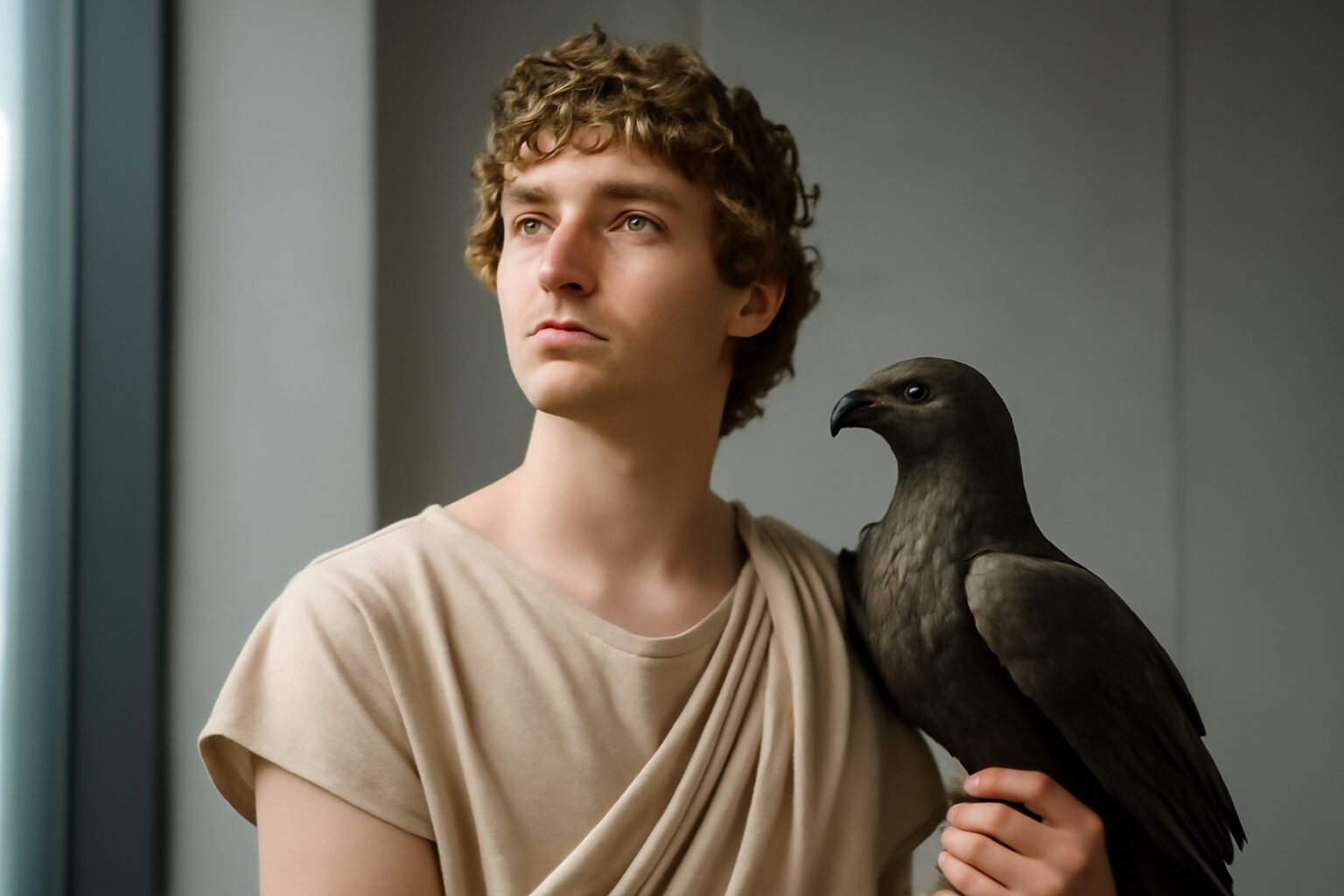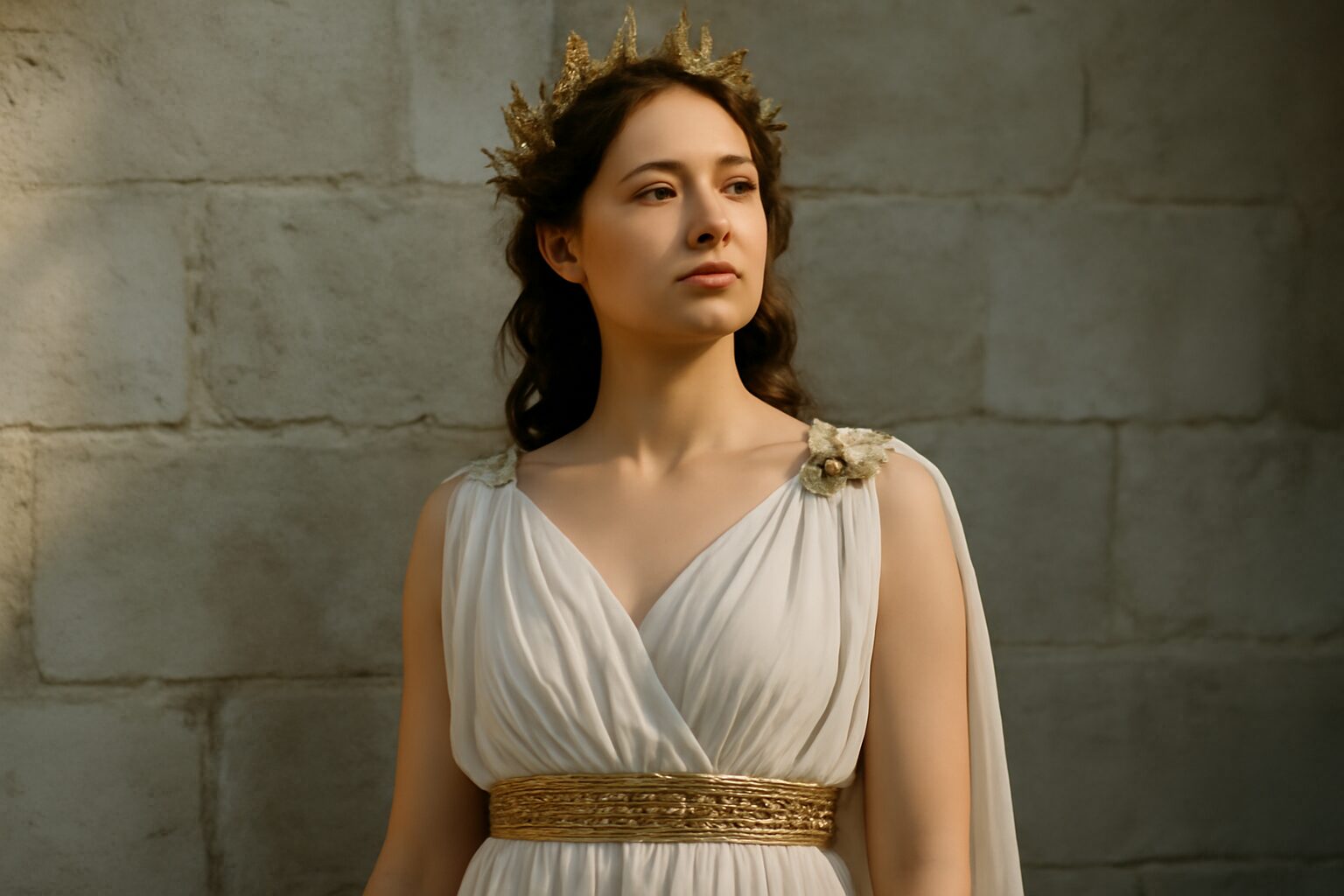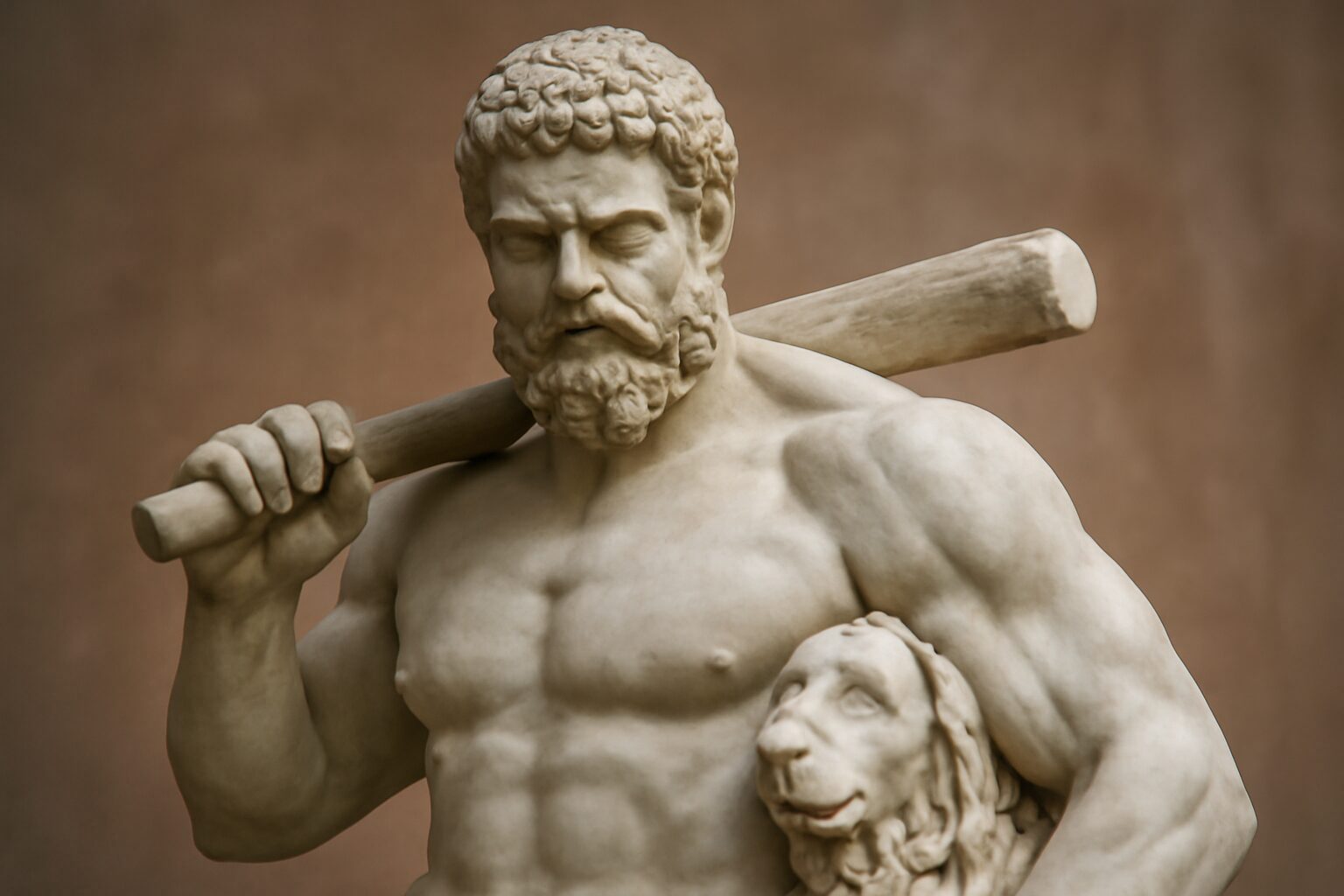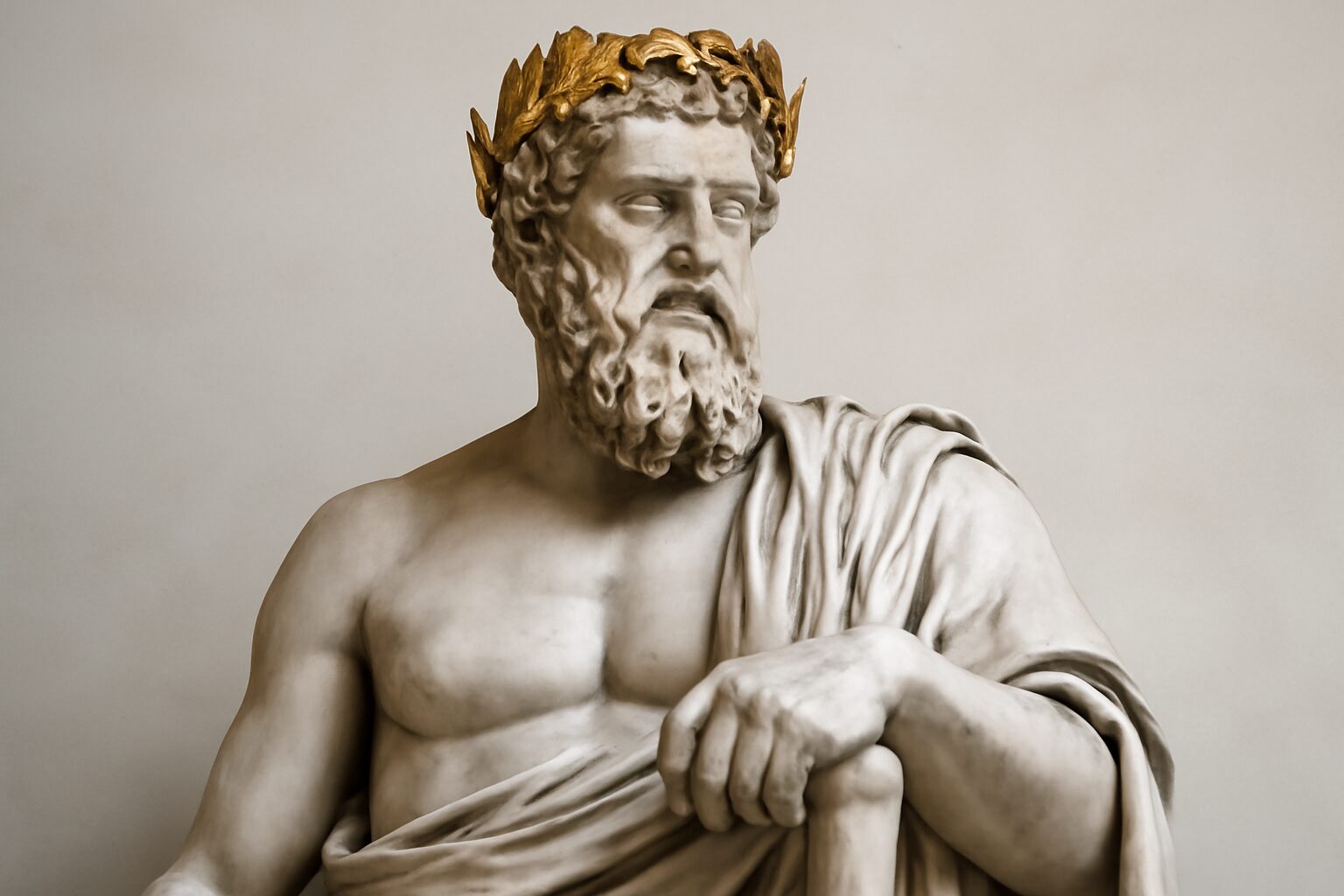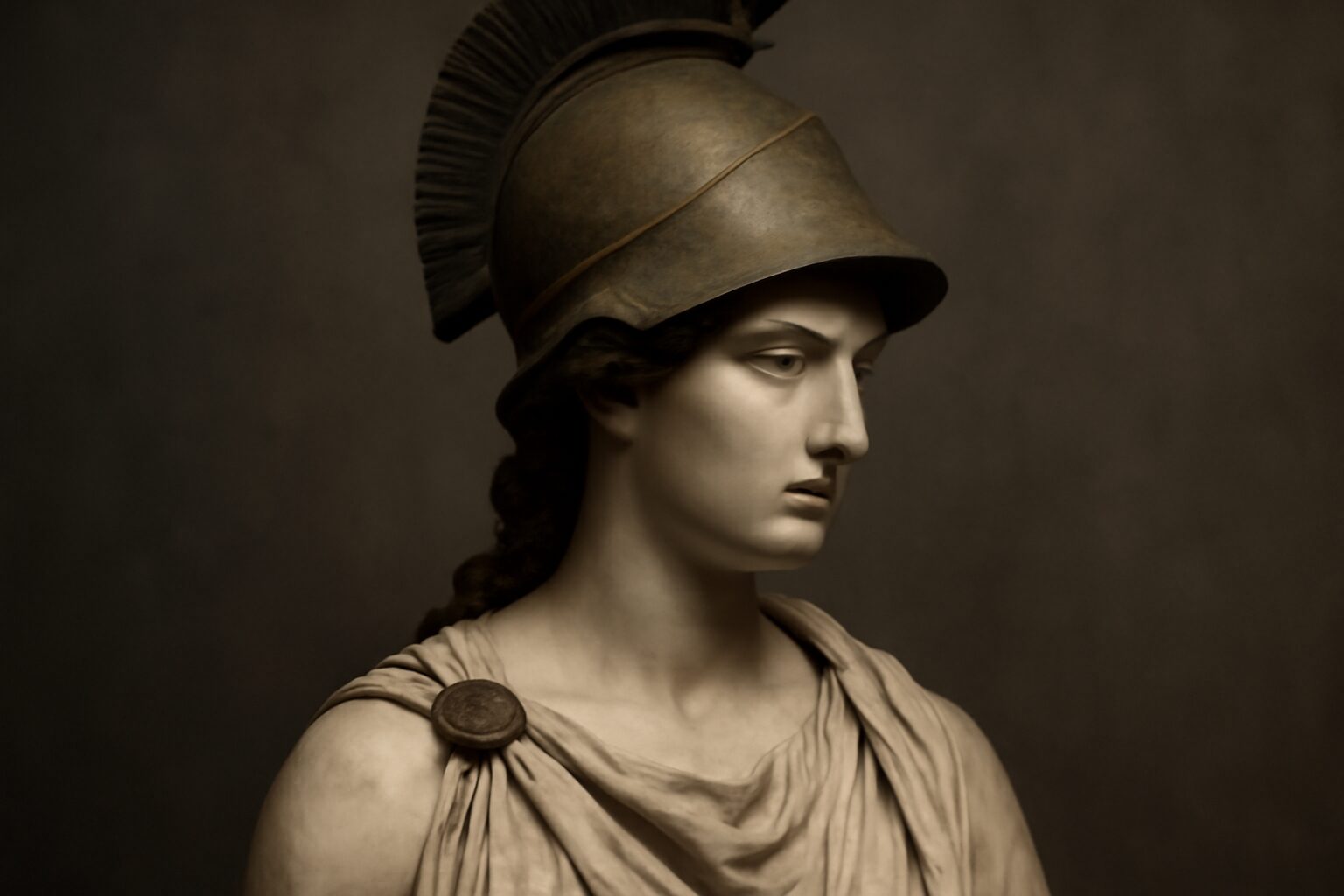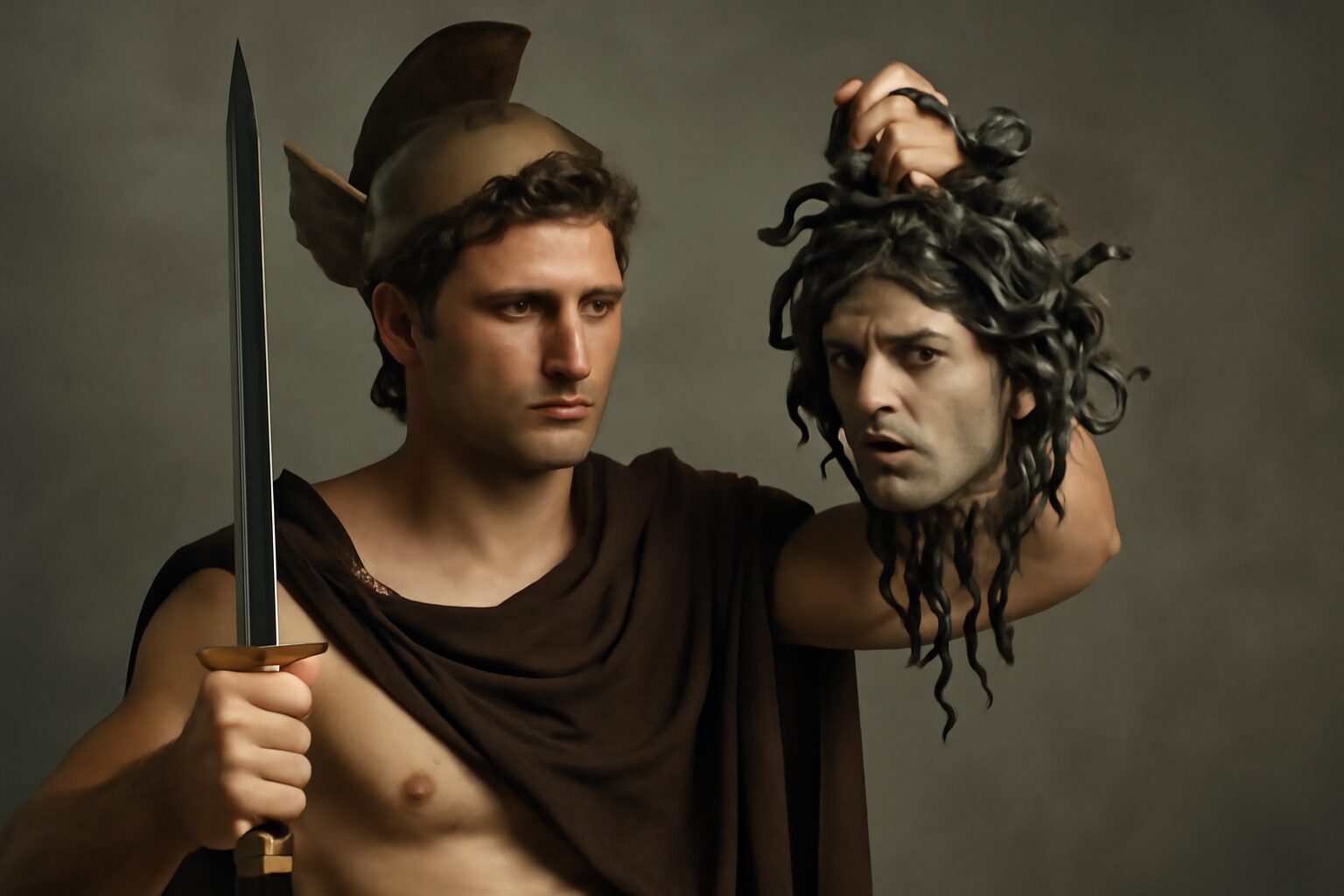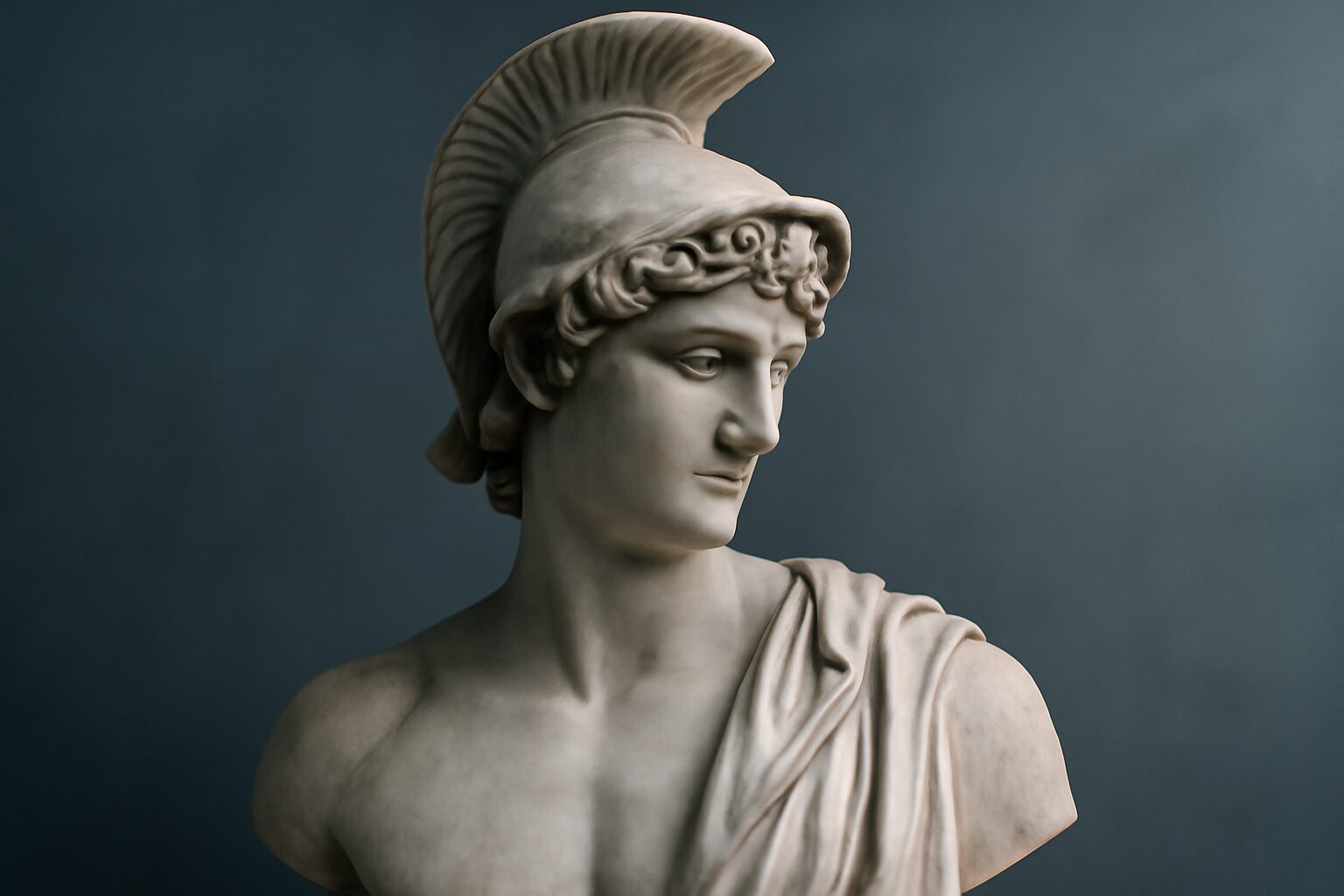Palaemon (Melicertes): The Child God of the Sea
In Greek mythology, Palaemon, originally known as Melicertes, is a fascinating yet lesser-known deity associated with the sea and the protection of sailors. His story is one of tragedy, transformation, and divine ascension.
The Tragic Origins of Melicertes
Melicertes was the mortal son of Ino, a Theban princess, and Athamas, a Boeotian king. His life took a dark turn when his mother, driven mad by the goddess Hera, leaped into the sea with him in her arms. According to legend, Ino had offended Hera by raising the infant Dionysus, Zeus's illegitimate son. In her grief and madness, Ino drowned herself and Melicertes near the Isthmus of Corinth.
However, the sea god Poseidon took pity on them. He transformed Ino into the sea goddess Leucothea ("the white goddess"), while Melicertes became the divine Palaemon, a protector of sailors. His body was said to have been carried to the Isthmus by a dolphin, where it was discovered by King Sisyphus, who established the Isthmian Games in his honor.
Powers and Worship
As Palaemon, he became a benevolent sea deity, often invoked by sailors for safe passage. He was closely associated with dolphins, which were considered sacred to him. In art, Palaemon is sometimes depicted as a young boy riding a dolphin, symbolizing his connection to the sea and his role as a guardian.
His worship was particularly strong in Corinth and the surrounding regions. The Isthmian Games, held every two years, were second only to the Olympic Games in importance and included athletic and musical competitions dedicated to Palaemon and Poseidon.
Relationships and Symbolism
Palaemon's story intertwines with several major figures in Greek mythology. His mother, Ino (as Leucothea), appears in Homer's Odyssey, helping Odysseus survive a storm. Palaemon himself is sometimes linked with Glaucus, another sea deity, and was considered a companion of the Nereids and other marine spirits.
Symbolically, Palaemon represents the dangerous yet nurturing nature of the sea. His transformation from a tragic mortal child to a protective deity mirrors the sea's dual capacity for destruction and salvation. The dolphin, his sacred animal, became a symbol of hope and divine intervention for ancient Greek sailors.
Alternative Names for Palaemon (Melicertes)
God Name: Portunus (Roman)
In Roman mythology, Portunus was the god of keys, doors, and livestock, often associated with harbors. Some scholars suggest a syncretism between Portunus and Palaemon, especially in their connection to maritime aspects.
God Name: Melicertes (Greek)
Melicertes is the earlier Greek name for Palaemon, derived from the myth of Ino and Melicertes, where the child Melicertes was transformed into the sea deity Palaemon after his death.
God Name: Portumnus (Roman)
A variant spelling of Portunus, used in some Roman texts, reflecting the same associations with harbors and maritime safety as Palaemon.
God Name: Leucothea (Greek)
Though primarily the name of his mother Ino after her deification, Leucothea is sometimes referenced in relation to Palaemon (Melicertes) as part of the same mythic cycle involving sea deities.
Tales about Palaemon (Melicertes)
The Transformation of Melicertes and the Aid of Leucothea
In the tragic tale of Melicertes, the mortal son of King Athamas and Queen Ino, his mother was driven to madness by the vengeful Hera. Fleeing with her infant son, Ino leaped from a cliff into the sea. The gods, moved by their plight, transformed them into sea deities. Ino became Leucothea, the white goddess, and Melicertes was reborn as Palaemon, a protector of sailors. Dolphins carried his body to the Isthmus of Corinth, where he was honored with the Isthmian Games, and he became a symbol of safe passage and divine mercy.
Palaemon’s Alliance with Poseidon
As Palaemon grew in power among the sea deities, he formed a close alliance with Poseidon, the mighty god of the seas. Together, they safeguarded mariners from storms and monsters. Palaemon was often depicted riding a dolphin alongside Poseidon’s chariot, and he was revered in coastal shrines. His mother, Leucothea, also worked with him, and their combined efforts brought calm waters and rescued many sailors, earning them eternal gratitude and worship in Greek maritime traditions.
Frequently Asked Questions
Who was Palaemon (Melicertes) in Greek mythology?
Palaemon, also known as Melicertes, was a mortal child who became a sea god after his tragic death. He was the son of Ino, a mortal woman, and was deified by the gods, transforming into a protector of sailors and a minor sea deity.
Why was Palaemon (Melicertes) deified in Greek mythology?
Palaemon was deified after his mother, Ino, leaped into the sea with him to escape madness or persecution. The gods took pity on them and transformed both into sea deitiesu2014Palaemon became a guardian of sailors, while Ino became the goddess Leucothea.
What role did Palaemon (Melicertes) play as a sea god?
As a sea god, Palaemon was worshipped as a protector of sailors and fishermen. He was often invoked for safe voyages and calm seas, and his myths highlight the Greek belief in divine intervention for those in peril at sea.
How does the myth of Palaemon (Melicertes) reflect Greek beliefs about mortals becoming gods?
The story of Palaemon reflects the Greek idea that exceptional mortals could be elevated to godhood through divine favor or tragic circumstances. This theme appears in other myths, showing how the Greeks blurred the lines between human and divine.
Are there any modern connections to Palaemon (Melicertes) today?
While not widely worshipped today, Palaemon's myth influences modern interpretations of Greek mythology in literature and media. His story also symbolizes hope and divine protection, themes that remain relevant in storytelling and maritime traditions.

